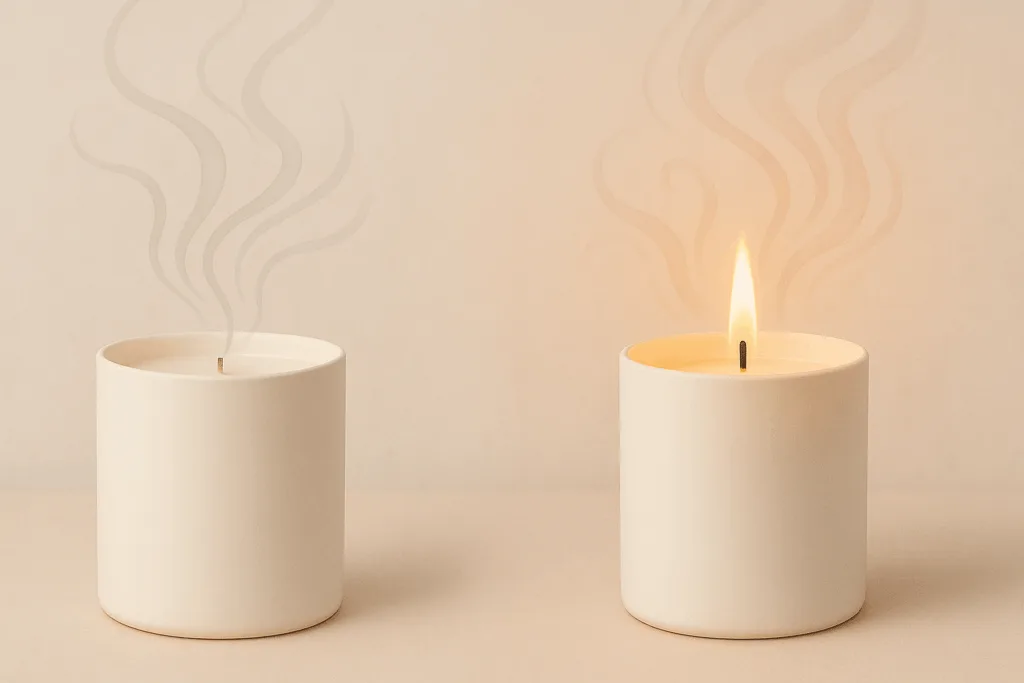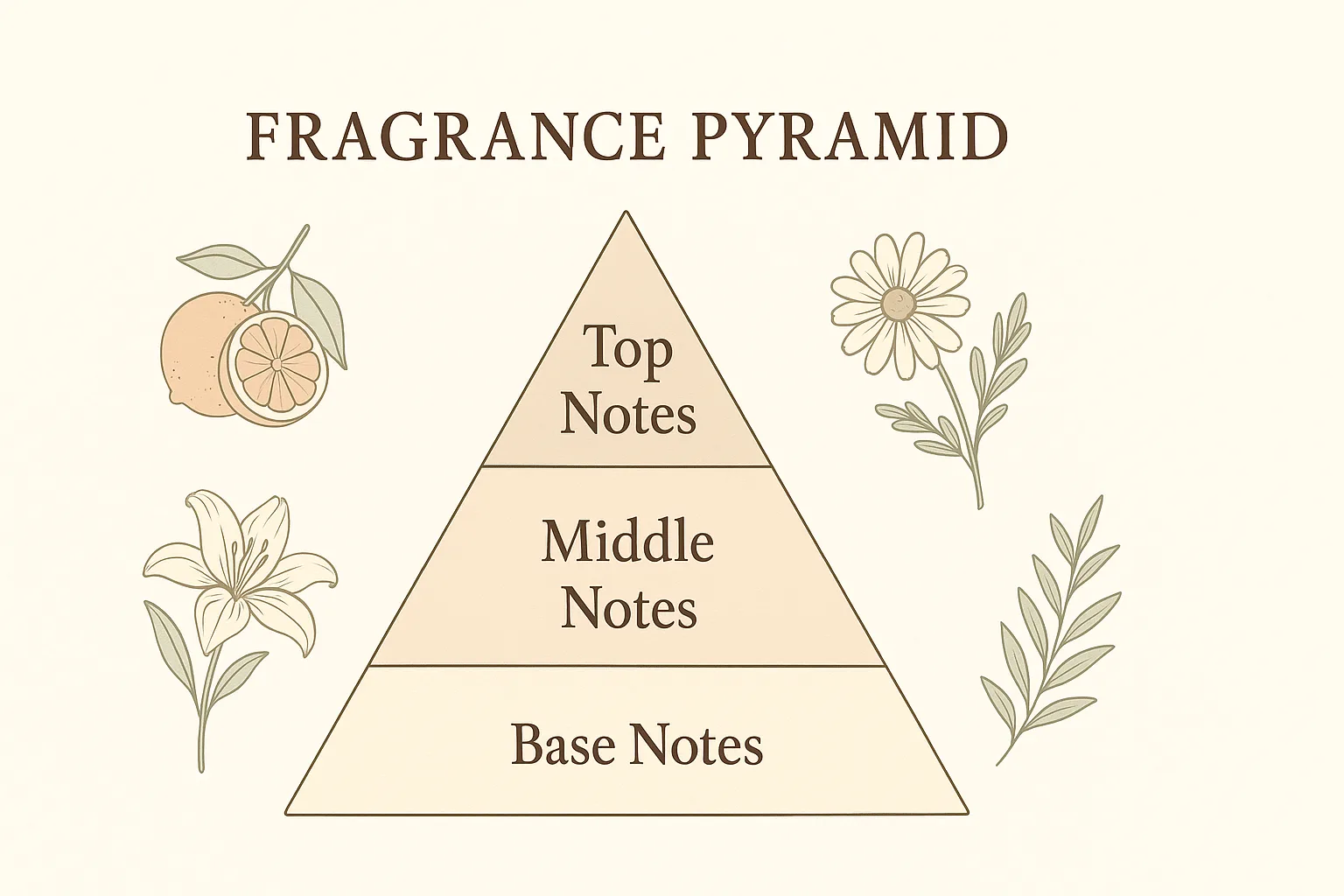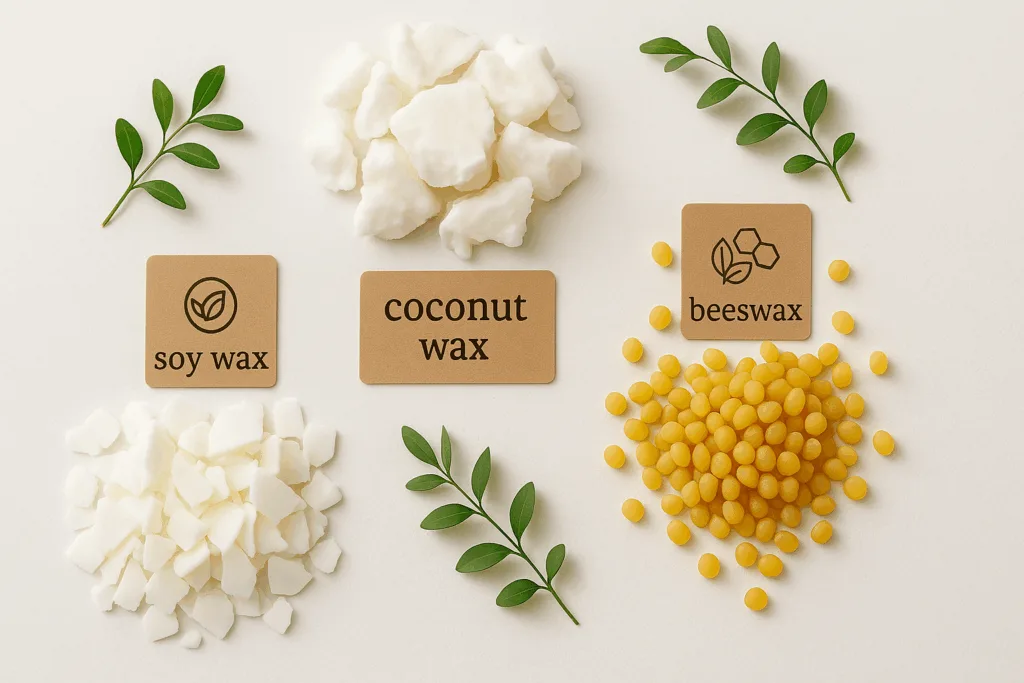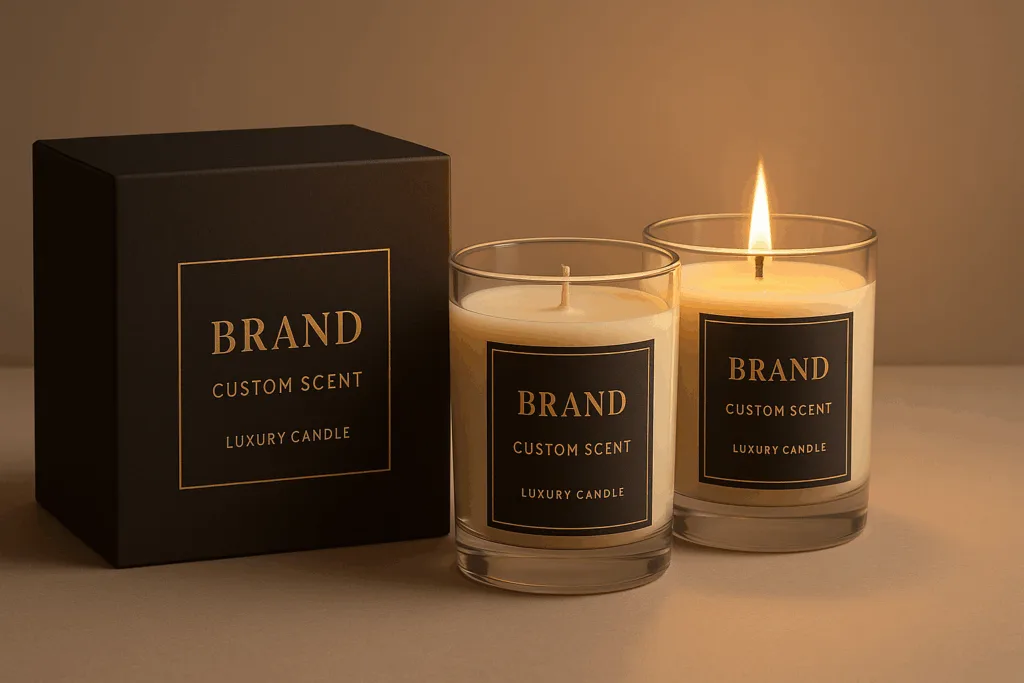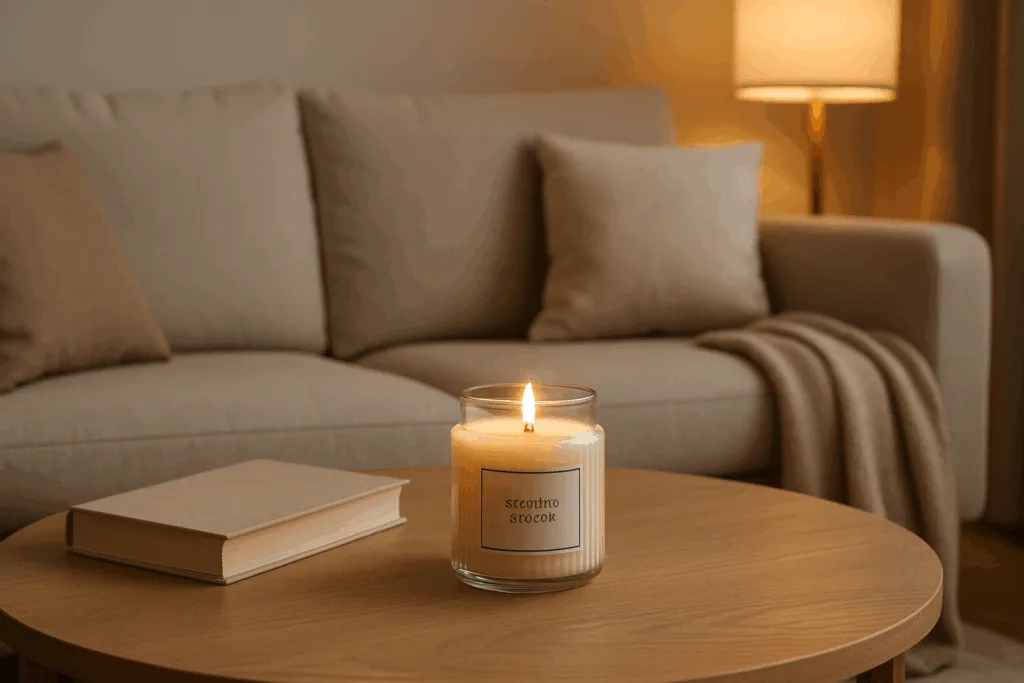1. The Power of Scent in Branding
• Why Smell is the Most Emotional Sense

Scent is scientifically proven to be the most emotionally powerful of all human senses. Unlike sight or sound, which are processed by the thalamus before reaching the brain’s higher regions, olfactory signals go straight to the limbic system—responsible for emotion and memory. This direct connection means that certain smells can trigger vivid memories and strong emotional responses within seconds. For brands, this is a golden opportunity to create deeper, more personal customer connections.
A well-chosen scent can evoke calmness, excitement, nostalgia, or luxury—whatever aligns best with your brand identity. That’s why scent marketing is growing rapidly across various industries including hospitality, retail, and wellness.
• Scent as the Invisible Logo
Visual elements like logos and colors have long been branding cornerstones. However, scent is emerging as a powerful “invisible logo.” A unique fragrance can become so closely associated with your brand that consumers recognize it without ever seeing your name.
Imagine entering a boutique and being enveloped in a specific aroma—each time you smell it again, you instantly recall the ambiance, service, and emotion tied to that place. This is what a signature scent does: it imprints your brand into the subconscious of your audience.
• Real-World Examples of Signature Scents
Many top-tier brands have embraced scent as a core branding element:
- Hotels like the Westin use custom white tea aromas to create a consistent atmosphere across global properties.
- Luxury retailers such as Abercrombie & Fitch infuse stores with proprietary fragrances that become synonymous with their customer experience.
- Auto brands like Rolls-Royce have even developed bespoke car cabin scents to enhance exclusivity.
These examples prove that signature scents aren’t just for perfume companies—they’re essential tools for modern sensory branding.
2. Custom Fragrances in Candle Making
• Single Notes vs. Complex Blends
In candle crafting, fragrance formulation is an art. Some brands opt for single-note scents, like pure lavender or eucalyptus, which are simple and clean. Others pursue complex blends that layer multiple notes for depth and sophistication.
While single-note candles are ideal for minimalist or wellness-focused brands, complex blends work better for high-end or storytelling brands. Custom blends allow you to embed your brand’s values, atmosphere, and narrative into the candle itself.
• Cold Throw vs. Hot Throw: Understanding Scent Diffusion
Two terms define a candle’s aromatic performance:
- Cold throw refers to the fragrance perceived when the candle is unlit.
- Hot throw is the scent released while burning.
A strong cold throw entices customers at point-of-sale, while a lasting hot throw ensures satisfaction during use. Achieving both requires a balance of wax type, fragrance oil load, wick choice, and curing time. Custom scent development takes these variables into account to match the desired customer experience.
• Aligning Scents with Brand Values
Your chosen fragrance should reflect your brand’s core identity. For example:
- A sustainable brand might emphasize green notes like basil, cypress, or lemongrass.
- A luxury label could blend oud, amber, and rare florals.
- A wellness business may prefer calming ingredients like chamomile and sandalwood.
At Circe Home, we help brands translate values into aroma—ensuring each candle aligns with your ethos and customer expectations.
3. Steps to Develop a Signature Scent
• Understanding Your Brand’s Story and Audience
The foundation of a signature scent lies in clarity—knowing your story, mission, and who your audience is. Are you modern and bold? Serene and natural? Understanding your customer demographics and psychographics helps narrow the scent profile that will resonate.
Ask:
- What emotions do we want to evoke?
- Where will the candle be used (spa, hotel, office)?
- What colors, sounds, and visuals represent our brand—and how can scent complement them?
• Translating Brand Identity into Fragrance Notes
This is where art meets science. Perfumers (or “noses”) use fragrance accords to represent feelings and brand traits. A calming brand may use aquatic or herbal notes. An edgy brand might choose pepper, leather, or smoked wood.
Scents are typically structured in three layers:
- Top notes (first impression): citrus, herbs
- Middle notes (heart): florals, spices
- Base notes (lasting memory): woods, musks, resins
Each layer contributes to the brand’s olfactory story.
• Prototyping and Testing Your Signature Scent
The prototyping phase is vital. Candle samples must be created, tested in various environments, and refined. Factors such as room size, container shape, and wick type can impact performance.
Tips:
- Always conduct blind scent tests.
- Test both cold and hot throw.
- Offer small sample runs to gather feedback.
This process ensures that your signature scent is not just beautiful, but effective and memorable.
4. Materials and Technologies for Premium Scented Candles
• Sustainable Wax Options and Their Benefits
Candle base matters as much as fragrance. Popular eco-friendly waxes include:
- Soy wax: Renewable, clean-burning, excellent scent throw.
- Coconut wax: Sustainable, smooth texture, blends well with oils.
- Beeswax: Natural, subtle honey aroma, long burn time.
These waxes appeal to eco-conscious consumers and align with green brand narratives.
• Safe, Certified Fragrance Ingredients
Health-conscious customers demand safety. Look for:
- IFRA-certified oils
- Phthalate-free formulations
- Essential oils blended with safe synthetic stabilizers
Circe Home uses only premium, non-toxic ingredients that meet global safety standards—ensuring both beauty and peace of mind.
• Design Integration: Packaging and Scent Harmony
A signature scent should extend visually. Harmonize fragrance with design:
- Earthy scents in matte jars with wood lids
- Luxe blends in glass with gold foil labels
- Crisp aromatics in minimalist white or clear vessels
This synergy enhances the unboxing experience and reinforces brand storytelling.
5. Industry Insights and Case Studies
• Luxury Brands Extending Scents into Home Products
Brands like Chanel and Tom Ford have launched home fragrance lines mirroring their perfumes—extending brand presence into living spaces. This not only boosts revenue but strengthens emotional loyalty.
• How Indie Brands Differentiate Through Custom Scents
Smaller brands use unique scents to stand apart in crowded markets. A handmade candle with a memorable fragrance can become a talking point, social media hit, or signature product.
• Future Trends: AI and Hyper-Personalization
AI tools now analyze consumer preferences to suggest scent profiles. Personalized candles—based on zodiac, personality, or mood—are rising in popularity. Circe Home embraces this trend by offering curated scent consultations for clients.
6. Marketing and Business Value of Signature Candle Scents
• Creating Multi-Sensory Brand Recognition
Signature scents create a sensory ecosystem alongside logo, tone, and color palette. Multi-sensory branding boosts recall and emotional connection.
• Enhancing Customer Loyalty Through Scent Memory
A familiar scent can trigger positive memories and comfort. Brands using signature scents can create lifelong emotional anchors—especially in wellness, hospitality, and retail.
• Sensory-Driven Competitive Advantage
In saturated markets, smell becomes a new battlefield. While competitors compete on visuals and price, you win on emotion and memory—deepening engagement.
7. Practical Tips for Use and Care of Signature Scented Candles
• Best Burning Practices for Optimal Scent Throw
- Trim wick to 1/4 inch before each use
- Allow full melt pool (2–3 hours) during first burn
- Avoid burning for more than 4 hours at a time
These practices ensure even burn and fragrance diffusion.
• Storage Tips to Preserve Fragrance
- Store in cool, dark places
- Use lids or keep in boxes to avoid scent loss
- Avoid direct sunlight
• Reusing and Recycling Candle Vessels
Encourage customers to repurpose jars:
- Planters for succulents
- Storage for jewelry or spices
- DIY refill kits for continued use
This adds value and aligns with sustainability messaging.
FAQ: Custom Candle Fragrances and Brand Identity
- What is a signature scent?
A signature scent is a unique fragrance specifically developed to represent a brand, often used across products and environments to enhance recognition. - How do you choose the right scent for a brand?
Start by understanding your brand’s values, audience, and emotional goals. Then translate those into fragrance notes with the help of expert perfumers. - Why are candles a good medium for brand scents?
Candles offer a long-lasting, immersive scent experience. They’re versatile for gifting, retail, hospitality, and wellness settings. - What makes a candle fragrance “premium”?
Premium fragrances use high-quality, safe ingredients, balanced composition, and offer both cold and hot throw performance. - How long should a signature scented candle burn?
Typically 40–60 hours depending on size and wax. Proper care extends burn time. - Can small brands afford custom fragrance candles?
Yes! Many suppliers, including Circe Home, offer scalable options for indie brands and startups.
Conclusion
Crafting a signature scent through custom candle fragrances is a powerful way to communicate your brand’s identity, emotion, and values. From sensory branding to emotional storytelling, the right fragrance can leave a lasting impression.

